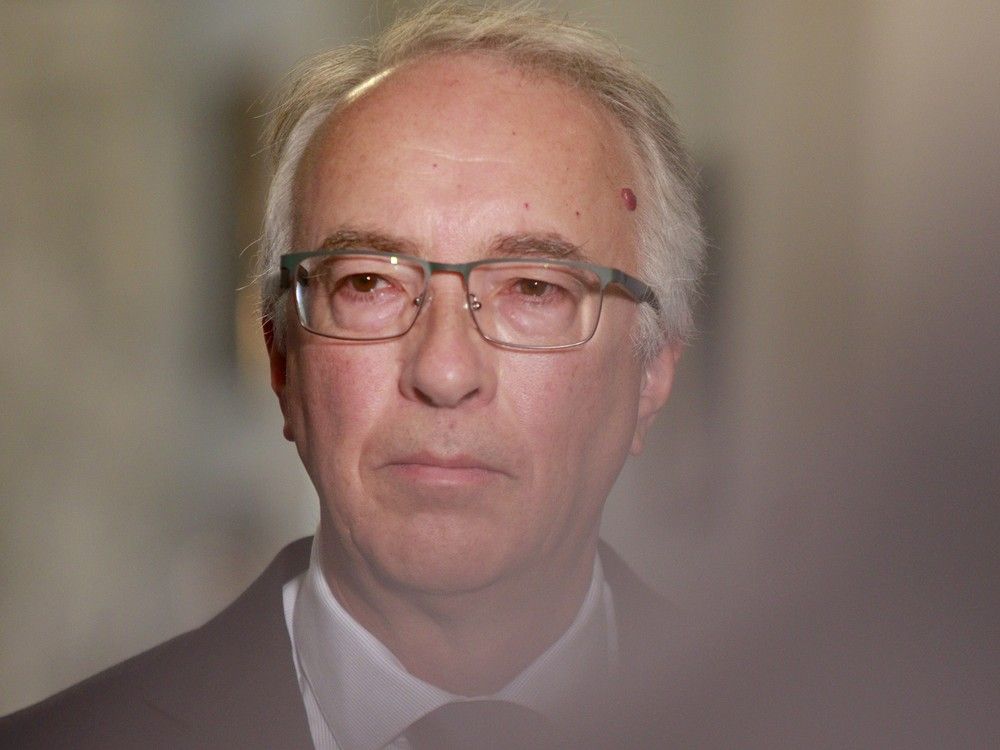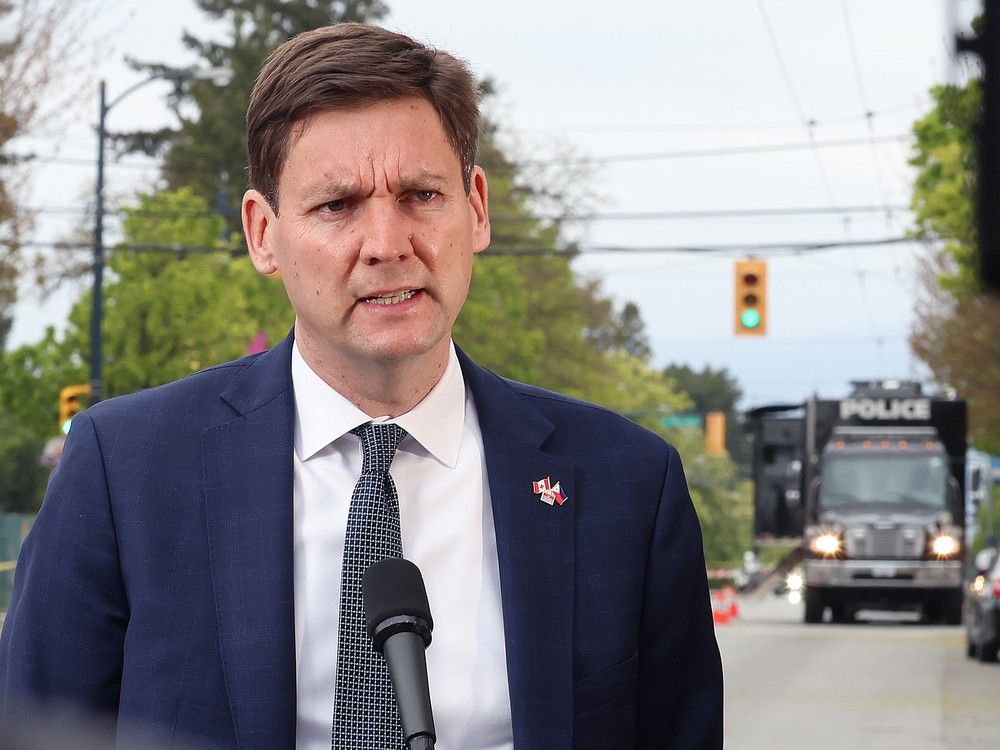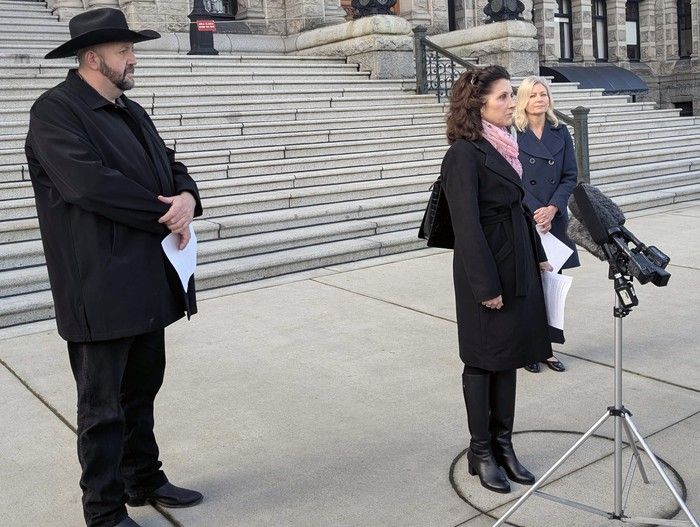
The B.C. Conservatives’ long, hot summer continues as the party fell behind the NDP in fundraising, with leader John Rustad blaming the poor results on supporters being tapped out following provincial and federal elections.
Between April 1 and June 30, the Conservatives raised just over $350,000, less than half of the $700,589 that Premier David Eby’s NDP raised, according to Elections B.C. data released this week. In fact, Rustad’s party finished closer to the B.C. Greens’ total of $200,000 than they were to the governing party.
This is in stark contrast to the Conservatives’ first quarter performance, where they raised $723,000 compared to the NDP’s $802,000.
“Our fundraising needs to be picked up,” Rustad said.
“Part of it is that post-election we’ve seen historically…fundraising always drops off going into the summer, plus you had the federal election, and a lot of people we talked to on the fundraising side are tapped out.”
He is seeing better fundraising totals over the past two months and hopes that will show in the third quarter results for July through September, which will be released in October.
The party’s executive director, Angelo Isidorou, echoed Rustad’s comments.
“The federal election did have a noticeable effect, with many donors shifting their attention and contributions to the national Conservative campaign,” he said.
“That said, we’re confident the upcoming quarters will build on our past success, and we remain focused on being fully prepared for the next provincial election.”
The Conservative’s fundraising drop-off coincides with a leadership review this fall to determine if Rustad will continue to lead the party or be thrown into a full-scale leadership race for his successor.

Isidorou says the plan is to conduct voting by region. So far, the party has completed voting in just over half of 93 provincial ridings, including the Kootenays, Fraser Valley, Surrey, Tri-Cities, Burnaby, Richmond, Terrace, Prince Rupert, Campbell River, Comox, Nanaimo and Langford.
Rustad said he’s happy with turnout so far, although the Conservatives have said they won’t be releasing full participation data until the review wraps up in late September.
“On the Island, we had 250 people come out in Campbell River, we had about 150 in Comox. I think we had close to 200 in the Victoria area,” he said, which shows numbers that are “pretty encouraging.”

Pollster Mario Canseco, president of Research Co., says the Conservatives are in a difficult spot with a lack of clarity on how the review is being conducted and whether Rustad will stay on.
He said that the Conservatives had better fundraising at the same time last year, raising $1.1 million over a three-month period, despite the fact they still had to contend with a centre-right opponent in B.C. United.
“Obviously the fundraising total is not where they want to be. I mean, if you look at the numbers plainly, they’re closer to the level that the Greens are getting and the Greens are coming off their worst election in this century,” said Canseco.
He said it didn’t help that three MLAs — Dallas Brodie, Tara Armstrong and Jordan Kealy — left the Conservatives, and the party’s unpopularity continues among voters over the age of 55.
A Research Co. poll in June found the NDP had 53 per cent support among voters over 55, while the Conservatives had 49 per cent support among those between the ages of 18 and 34. The voters between 35 and 54 were split almost evenly between the two parties.
That poll also found that Rustad was well behind Eby in popularity, with only 37 per cent of respondents voicing their approval of him compared to 56 per cent for the premier. It was based on a sample size of 803 voters surveyed between June 7 to June 9 and has a margin of error of plus or minus 3.5 percentage points.
“The story of going from two per cent of the vote to almost forming the government is great, but it’s not something that you can take into the next election as your example. Now you’re the official Opposition, and you need to portray yourself as a government in waiting,” said Canseco.